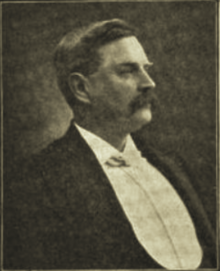Phillips Academy is a co-educational university-preparatory school for boarding and day students in grades 9–12, along with a post-graduate year. The school is in Andover, Massachusetts, United States, 25 miles north of Boston. Phillips Academy has 1,131 students, and is highly selective, accepting 9% for the 2022–2023 school year. It is part of the Eight Schools Association and the Ten Schools Admissions Organization.

Friends Seminary is an independent K-12 school in Manhattan within the landmarked district in the East Village. The oldest continuously coeducational school in New York City, Friends Seminary serves 794 students in Kindergarten through Grade 12. The school's mission is to prepare students "not only for the world that is, but to help them bring about a world that ought to be." It is guided by a service mission statement and a diversity mission statement. Friends is a member of New York's Independent School Diversity Network.

Pinkerton Academy is a secondary school in Derry, New Hampshire, United States. It serves roughly 3,269 students, making it by far the largest high school in New Hampshire, more than 1,300 students greater than the next largest high school. Pinkerton's situation is unusual, as it is a privately-incorporated school that serves as the public high school for the communities of Derry, Hampstead, Chester, Auburn, Candia, and Hooksett. Through arrangements with the towns, each town pays the tuition for their students to attend Pinkerton. Pinkerton Academy is a private, non-profit corporation administered by a headmaster who acts under the direction of an elected board of trustees.

Ada Lydia Howard was the first president of Wellesley College.
Ipswich Female Seminary was an American female seminary in Ipswich, Massachusetts. The institution was an early school for the secondary and tertiary-level education of young women. Enrollment averaged 116 students. According to Academy records, 88 of the school's graduates went on to teach as educational missionaries in the western and southern United States.
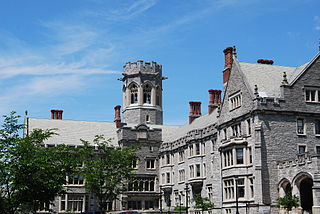
The Emma Willard School, originally called Troy Female Seminary and often referred to simply as Emma, is an independent university-preparatory day and boarding school for young women, located in Troy, New York, on Mount Ida, offering grades 9–12 and postgraduate coursework.

William Reed was a U.S. Representative from Massachusetts.

Monticello Seminary, founded in 1835, was an American seminary, junior college and academy in Godfrey, Illinois. The 215 acres (87 ha) campus was the oldest female seminary in the west, before it closed in 1971. The buildings are now part of Lewis and Clark Community College.
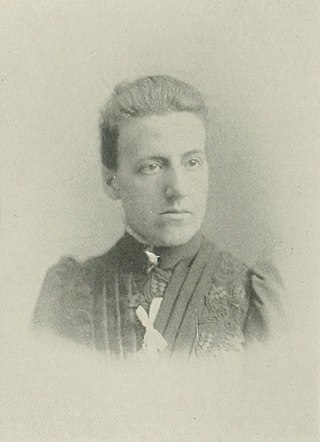
Irene Sarah Clark Durrell was an American educator from New Hampshire. She served as preceptress of the New Hampshire Conference Seminary and Female College, now known as Tilton School.

Harriet Newell Haskell was an American educator and school administrator from the U.S. state of Maine. She taught from 1855 to 1860 in Waldoboro, Maine and Boston, Massachusetts. From 1860 to 1868, she was a teacher and principal at Castleton Collegiate Seminary, Vermont. Thereafter, for 39 years, she served as principal at Monticello Seminary of Godfrey, Illinois.

Mary Mortimer was a British-born American educator. She served as principal of the Milwaukee Female College and other women's educational institutions.
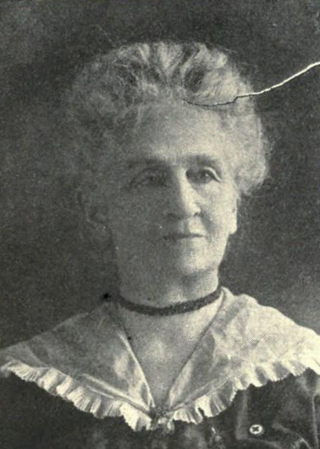
Mary Stuart James MacMurphy was an American teacher, lecturer, clubwoman, and author. She was the author of Only Glimpses (1887) and Ferns of Wisconsin. She held positions at Albany Female Academy, Robinson Female Seminary, College Preparatory School, and Waller High School.
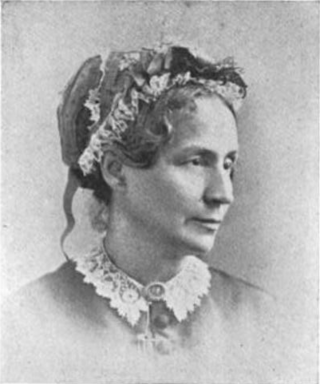
Eunice Caldwell Cowles was an American educator who influenced hundreds of women in the U.S. and abroad. She was the first associate of Mary Lyon in the opening of Mount Holyoke Seminary. She had previously graduated under Lyon and Zilpah Grant from Ipswich Seminary in 1829, where she was afterwards principal from 1844 to 1876. She also served as the first principal of Wheaton Seminary. She was also affiliated with the Christian Woman's Board of Missions (C.W.B.M.), having co-founded the Essex North Branch and serving as its president.

Theron Baldwin was an American Congregational minister.

Catherine Fiske was an American teacher and principal who founded a girls' boarding school, Miss Catherine Fiske's Young Ladies Seminary. Located in Keene, New Hampshire, it was in operation from 1814 until the 1840s. Presently, the seminary's building serves as President's House, Keene State College. Fiske was also a benefactor for the New Hampshire State Hospital.
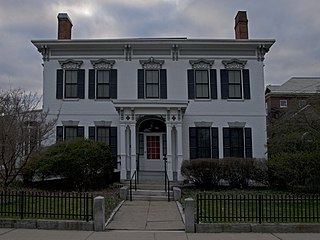
Miss Catherine Fiske's Young Ladies Seminary was a boarding and day school for young ladies, located in Keene, New Hampshire. Established in 1814, it achieved a national reputation. After the 1837 death of Catherine Fiske, the school's founder, the seminary continued to operate until the early 1840s. The property went through various changes but currently serves as the President's House at Keene State College.

Windom College is a former American parochial school in Montevideo, Minnesota. It is the second school established in southwestern Minnesota by the Congregational church. It was founded in 1885 with the hope that its students would take more advanced courses in Carleton College. Originally named "Western Minnesota Seminary", it became the "Windom Institute" in 1891 in honor of Hon. William Windom, United States Senator and Secretary of the Treasury, who was a member of the Congregational church in Winona, Minnesota, the earliest of the Congregational churches in southeastern Minnesota. The name change in 1912 to "Windom College" gave western Minnesota its first college. Windom College ended operations in 1923. Its building was purchased by and became the official home of the Masons of Montevideo.

Jane Grace Alexander was an American banker, the first woman banker in New Hampshire. Alexander was elected treasurer of the Security Savings Banks in Winchester, New Hampshire. She worked at the city's national bank for 52 years before retiring.
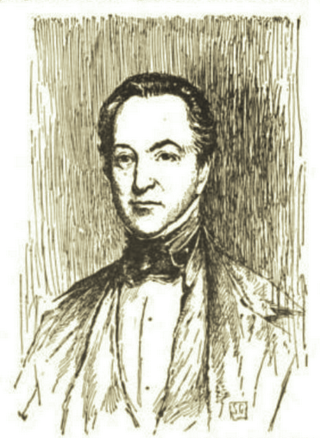
William Robinson was an American slave holder and benefactor of the Robinson Female Seminary in Exeter, New Hampshire, and the Summerville Academy in Augusta, Georgia's historic district of Summerville.

Alabama Female Institute was one of the earliest educational institutions for women organized in Alabama. It opened in Tuscaloosa, in the fall of 1829, as "Sims' Female Academy". In 1831, it became the "Tuscaloosa Female Academy". The name change to Alabama Female Institute occurred in 1833, and this school was chartered in 1835. It continued to operate until 1873.



